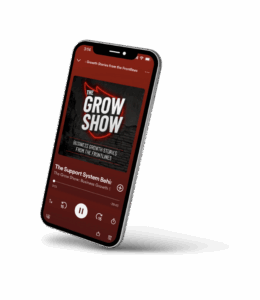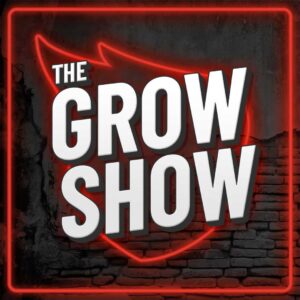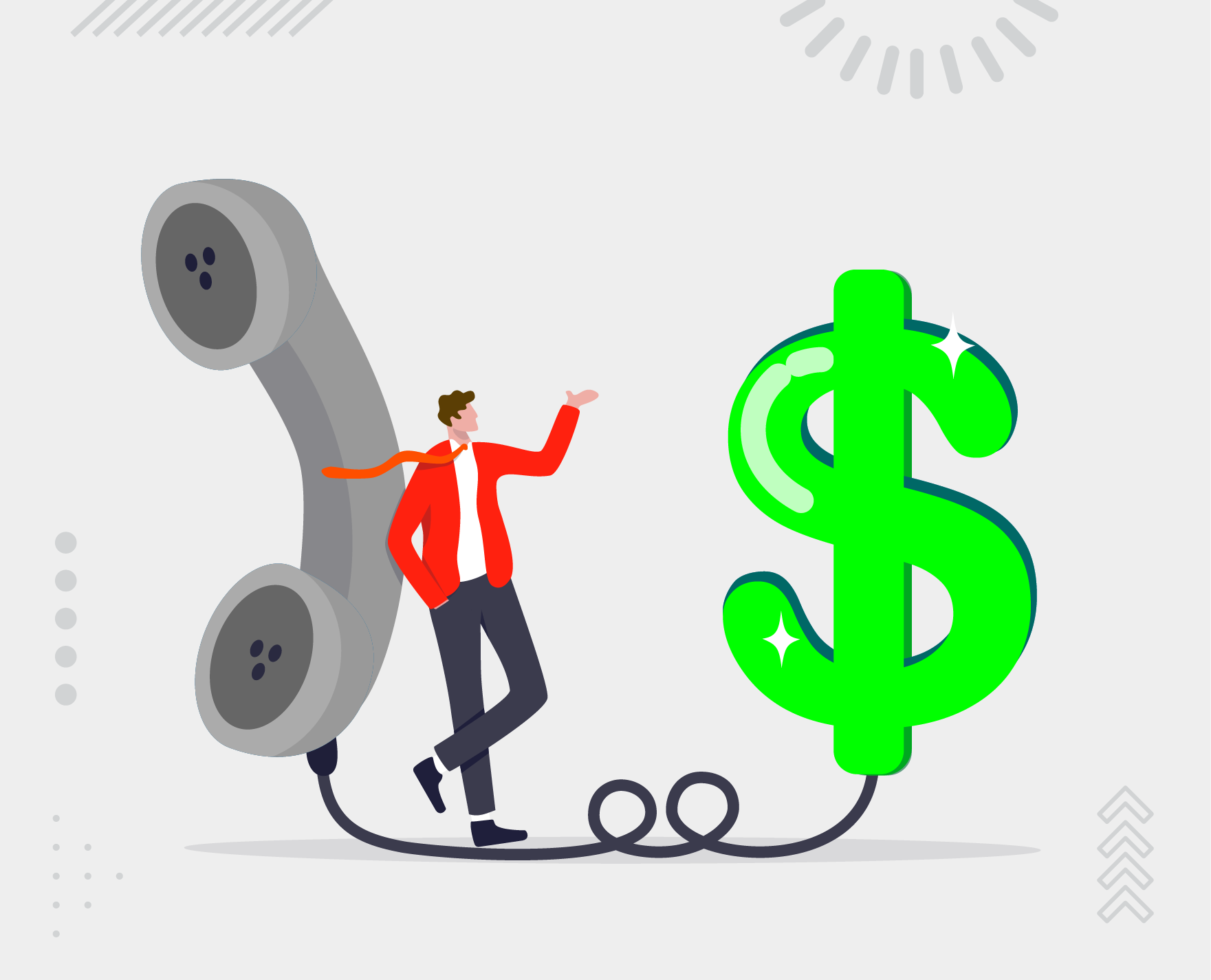In today’s fiercely competitive digital landscape, businesses face a critical decision: how to allocate their marketing budget for maximum impact. Search Engine Optimization (SEO) and Pay-Per-Click (PPC) advertising are two of the most powerful tools in the digital marketer’s arsenal. But which one truly delivers the best return on investment? This deep dive unpacks the nuances of SEO and PPC, providing data-backed insights and strategic guidance to help you choose the right path for your business growth.
Contents
- 1 Understanding SEO and PPC: The Foundations of Digital Marketing
- 2 SEO vs. PPC: Key Differences That Influence Your Strategy
- 3 When to Choose SEO: Building Sustainable Growth
- 4 When to Choose PPC: Driving Immediate Impact
- 5 Combining SEO and PPC: The Best of Both Worlds
- 6 Measuring Success: KPIs for SEO and PPC
- 7 Final Verdict: Which Strategy is Right for Your Business?
- 8 Ready to Elevate Your Business with Expert Lead Generation?
Understanding SEO and PPC: The Foundations of Digital Marketing
What is SEO?
SEO, or Search Engine Optimization, is the process of optimizing your website and content to rank organically on search engine results pages (SERPs). Unlike paid ads, SEO focuses on improving your site’s authority, relevance, and user experience to earn free, sustainable traffic. This involves keyword research, on-page optimization, technical SEO, link building, and content strategy.
Organic search accounts for over 53% of all website traffic globally, according to BrightEdge’s 2023 study. This underscores the critical role SEO plays in attracting high-intent visitors without ongoing ad spend. However, SEO is a marathon, not a sprint — results typically take months to materialize but tend to be longer-lasting. The evolving nature of search engine algorithms also means that staying updated with best practices is essential. Regularly auditing your site, analyzing competitors, and adapting to changes in user behavior can significantly enhance your SEO strategy. Furthermore, incorporating local SEO practices can help businesses target specific geographical areas, making it easier for local customers to find them.
What is PPC?
PPC, or Pay-Per-Click advertising, involves placing paid ads on platforms like Google Ads or Bing Ads, where you pay each time a user clicks your ad. PPC offers immediate visibility at the top of search results, allowing businesses to target specific keywords, demographics, and even times of day.
According to WordStream, businesses make an average of $2 in revenue for every $1 spent on Google Ads. This immediate, measurable ROI makes PPC an attractive option for companies looking to drive fast traffic and conversions. However, once you stop paying, the traffic stops too — making PPC a more short-term strategy compared to SEO. Additionally, the effectiveness of PPC campaigns can be enhanced through A/B testing, where different ad copies or landing pages are tested to see which performs better. This data-driven approach allows advertisers to refine their strategies continuously, maximizing their return on investment. Moreover, integrating PPC with SEO efforts can create a comprehensive digital marketing strategy, where the insights gained from PPC campaigns can inform SEO content creation and vice versa, leading to a more cohesive online presence.
SEO vs. PPC: Key Differences That Influence Your Strategy
Cost Structure and Budget Considerations
One of the most significant differences between SEO and PPC lies in their cost models. SEO requires an upfront investment in content creation, website optimization, and possibly hiring SEO specialists or agencies. While the ongoing costs are generally lower, the initial time and money commitment can be substantial. This investment not only includes financial resources but also a commitment to a long-term strategy that may require continuous updates and adjustments based on algorithm changes and market trends.
PPC, on the other hand, operates on a bidding system. You pay for every click your ad receives, which means costs can escalate quickly, especially in competitive industries such as finance, insurance, or legal services. However, PPC budgets are highly flexible — you can start small, test campaigns, and scale based on performance. This allows businesses to experiment with different ad formats and messaging, enabling them to find what resonates best with their target audience. Additionally, the ability to track ROI in real-time makes PPC an appealing option for those looking to maximize their advertising spend.
Speed of Results
Speed is often a deciding factor. PPC delivers near-instant results, with ads appearing as soon as campaigns go live. This makes it ideal for promotions, product launches, or businesses needing immediate lead generation. The immediacy of PPC allows marketers to gather data quickly, enabling rapid adjustments to optimize performance and improve conversion rates.
SEO’s strength is in its longevity. While it can take 3-6 months to see significant organic traffic growth, the results compound over time. A well-optimized website can maintain high rankings for years, providing a steady stream of free traffic and leads. Furthermore, as your website gains authority and trust, it can become increasingly difficult for competitors to outrank you, creating a sustainable competitive advantage. This long-term perspective is vital for businesses looking to establish a solid online presence and build lasting relationships with their audience.
Targeting and Control
PPC offers granular control over who sees your ads. You can target by location, device, time of day, language, and even user behavior. This precision targeting can enhance conversion rates and reduce wasted spend. Moreover, the ability to utilize retargeting strategies allows businesses to re-engage users who have previously interacted with their brand, increasing the likelihood of conversion.
SEO targeting is less direct but powerful in its own right. By optimizing for specific keywords and creating content that addresses user intent, you attract highly relevant visitors. However, you cannot control exactly who clicks on your organic listings, nor can you exclude certain demographics as easily as with PPC. This unpredictability can be a double-edged sword; while it may attract a broader audience, it can also lead to clicks from users who are less likely to convert. Therefore, understanding your audience and their search behavior is crucial in crafting an effective SEO strategy.
Trust and Credibility
Organic search results often carry more trust with users. A study by Search Engine Journal found that 70-80% of users ignore paid ads and focus on organic results. Ranking organically signals authority and credibility, which can positively influence brand perception. This trust factor is particularly important in industries where consumers are making significant financial decisions, as they are more likely to choose brands that appear in organic search results over those that rely solely on paid advertising.
While PPC ads are clearly marked as sponsored, they still provide valuable visibility and can complement organic efforts. Combining both can create a powerful one-two punch, reinforcing brand presence across the SERP. Furthermore, using PPC to test keywords and messaging can inform your SEO strategy, allowing you to focus on high-performing terms that resonate with your audience. This synergy between SEO and PPC can enhance overall marketing effectiveness, driving both immediate and long-term results for your business.
When to Choose SEO: Building Sustainable Growth
Ideal Scenarios for SEO
SEO is the best choice when your business aims for long-term growth and brand authority. If you have a content-rich website, a competitive niche, or a limited advertising budget, investing in SEO can yield exponential returns over time. The beauty of SEO lies in its ability to create a compounding effect—once your content starts ranking, it can continue to attract traffic without the ongoing costs associated with paid advertising.
For example, e-commerce brands that publish detailed product guides, reviews, and how-to content can attract organic traffic that converts well. Similarly, B2B companies with complex buying cycles benefit from SEO by educating prospects and nurturing leads through content marketing. By providing valuable information, these businesses position themselves as thought leaders in their industries, which not only builds trust with potential customers but also enhances their overall brand reputation.
SEO Success Stories
Consider the case of a mid-sized SaaS company that invested heavily in SEO by creating a comprehensive blog and resource center. Within 12 months, organic traffic increased by 150%, and lead generation doubled without increasing ad spend. This success was driven by targeting long-tail keywords and optimizing for user intent. By focusing on specific queries that potential customers were searching for, the company was able to attract highly relevant traffic, resulting in a more engaged audience that was more likely to convert into paying customers.
Another example is a local service provider who improved their Google My Business profile, built local citations, and optimized on-page SEO. This resulted in a 60% increase in local organic leads within six months, demonstrating SEO’s power in hyper-local markets. Additionally, by encouraging satisfied customers to leave positive reviews, the service provider not only boosted their visibility in local searches but also enhanced their credibility, making them the go-to choice for potential clients in their area. Such strategies highlight how local SEO can significantly impact small businesses, allowing them to compete effectively against larger competitors.
When to Choose PPC: Driving Immediate Impact
Ideal Scenarios for PPC
PPC shines when businesses need quick results, precise targeting, or want to test new markets and messaging. Seasonal campaigns, product launches, or competitive industries where organic rankings are hard to achieve benefit greatly from paid ads. For instance, during holiday seasons, retailers can capitalize on increased consumer spending by utilizing PPC to ensure their products are front and center in search results. This not only boosts visibility but also allows for real-time adjustments based on performance metrics, ensuring that marketing budgets are spent effectively.
Startups and small businesses often leverage PPC to generate immediate traffic and validate product-market fit. Additionally, companies with high customer lifetime value (CLTV) can afford to bid aggressively on competitive keywords because the return justifies the cost. By focusing on high-value keywords that align with their target audience, these businesses can create tailored ad copy that resonates with potential customers, driving higher conversion rates. Moreover, PPC campaigns can be optimized continuously, allowing businesses to refine their strategies based on data-driven insights and customer behavior trends.
PPC Success Stories
A retail brand launching a new product line used Google Ads to target high-intent keywords and retarget website visitors. Within three months, the campaign generated a 300% return on ad spend (ROAS), driving significant revenue during the critical launch period. The brand also utilized A/B testing for their ad creatives, which enabled them to identify the most effective messaging and visuals, further enhancing their campaign’s performance. This strategic approach not only maximized their advertising budget but also fostered a deeper connection with their audience by addressing their specific needs and preferences.
Similarly, a B2B consulting firm used LinkedIn Ads to target decision-makers in specific industries. This highly targeted PPC approach resulted in a 40% increase in qualified leads and accelerated their sales pipeline. By leveraging LinkedIn’s robust targeting options, the firm could reach professionals based on their job titles, industry, and even company size. This precision allowed them to craft personalized messages that spoke directly to the pain points of their audience, ultimately leading to higher engagement rates and a more efficient sales process. Additionally, the firm monitored the performance of their ads closely, making real-time adjustments to optimize their spend and improve lead quality.
Combining SEO and PPC: The Best of Both Worlds
Why Integration Matters
Rather than viewing SEO and PPC as mutually exclusive, many successful businesses integrate both strategies to maximize visibility and conversions. This hybrid approach leverages the immediate impact of PPC with the sustainable growth of SEO. By combining these two powerful tactics, companies can create a comprehensive digital marketing strategy that not only drives traffic but also builds brand credibility over time.
For instance, PPC data can inform SEO keyword strategies by revealing high-converting search terms. Conversely, strong organic rankings can reduce PPC costs by improving Quality Scores and click-through rates. Additionally, the synergy between these two channels can lead to a more nuanced understanding of customer behavior, allowing marketers to tailor their messaging and offerings more effectively. The interplay between paid and organic results can also enhance brand recognition, as users are more likely to trust brands that appear in multiple positions on the search engine results pages (SERPs).
Practical Integration Tips
Start by running PPC campaigns to gather data on which keywords convert best. Use this insight to prioritize SEO efforts on those terms. Simultaneously, optimize your landing pages for both paid and organic traffic to improve user experience and conversion rates. This dual optimization not only enhances the likelihood of conversions but also ensures that your content resonates with the audience, addressing their needs and pain points directly.
Another tactic is to use PPC to dominate the SERP real estate. By appearing in both paid and organic listings, your brand gains increased trust and visibility, often leading to higher click-through rates. Furthermore, consider employing remarketing strategies through PPC to re-engage users who have previously interacted with your site but did not convert. This approach not only reinforces brand recall but also provides a second chance to convert potential customers who may have been on the fence during their initial visit. By integrating these strategies thoughtfully, businesses can create a robust online presence that effectively captures and retains customer interest.
Measuring Success: KPIs for SEO and PPC
SEO Metrics to Track
Key performance indicators for SEO include organic traffic, keyword rankings, bounce rate, time on site, and conversion rate from organic visitors. Tools like Google Analytics and Google Search Console provide comprehensive insights into these metrics. By utilizing these tools effectively, marketers can identify which keywords are driving the most traffic and which pages are underperforming, allowing for targeted optimization efforts.
Tracking backlinks and domain authority also helps gauge the effectiveness of off-page SEO efforts. High-quality backlinks from reputable sites can significantly boost a website’s authority, leading to improved rankings in search results. Additionally, analyzing user behavior metrics such as scroll depth and exit pages can provide deeper insights into how visitors interact with your content. Remember, SEO success is about quality traffic that converts, not just volume. A well-optimized site not only attracts visitors but also engages them, encouraging further exploration and interaction with your brand.
PPC Metrics to Track
PPC campaigns require close monitoring of cost per click (CPC), click-through rate (CTR), conversion rate, cost per acquisition (CPA), and return on ad spend (ROAS). Platforms like Google Ads offer robust analytics to optimize campaigns in real time. Understanding these metrics allows marketers to make informed decisions about budget allocation and campaign adjustments. For instance, a high CTR with a low conversion rate may indicate that while ads are appealing, the landing page may need refinement to better meet user expectations.
Regularly reviewing these metrics allows marketers to adjust bids, refine targeting, and improve ad copy to maximize ROI. A/B testing different ad creatives and landing pages can lead to significant improvements in performance. Furthermore, analyzing the performance of ads across different demographics can uncover valuable insights, enabling marketers to tailor their strategies to specific audience segments. This level of granularity helps ensure that every dollar spent on PPC is working effectively towards achieving business goals, ultimately leading to a more successful advertising strategy.
Final Verdict: Which Strategy is Right for Your Business?
Choosing between SEO and PPC isn’t about declaring a winner but about aligning strategy with business goals, budget, and timeline. If your priority is sustainable growth and building brand authority, SEO is indispensable. If you need fast results, precise targeting, and measurable ROI, PPC is your go-to.
For most businesses, the smartest approach is a balanced blend of both. Leveraging PPC for immediate traction while investing in SEO for long-term gains creates a resilient digital marketing ecosystem that drives consistent traffic, leads, and revenue.
In the end, the best strategy is the one that delivers measurable results and scales with your business ambitions. With the right data, tools, and expertise, SEO and PPC can work hand-in-hand to propel your brand ahead of the competition.
Ready to Elevate Your Business with Expert Lead Generation?
Deciding between SEO and PPC strategies is just the beginning. At Abstrakt Marketing Group, we specialize in turning these strategies into actionable, result-driven lead generation campaigns tailored for B2B businesses. Our dedicated team is ready to help you harness the power of both SEO and PPC to drive substantial growth and build a robust digital presence. Learn More about how we can help your business not just compete, but thrive in today’s digital marketplace.

Madison Hendrix
Madison has worked in SEO and content writing at Abstrakt for over 5 years and has become a certified lead generation expert through her hours upon hours of research to identify the best possible strategies for companies to grow within our niche industry target audiences. An early adopter of AIO (A.I. Optimization) with many organic search accolades - she brings a unique level of expertise to Abstrakt providing helpful info to all of our core audiences.
- Madison Hendrix#molongui-disabled-link
- Madison Hendrix#molongui-disabled-link
- Madison Hendrix#molongui-disabled-link
- Madison Hendrix#molongui-disabled-link
With more than a decade of progressive leadership in sales development, Alyssa Stevenson currently serves as Executive Vice President of Inbound SDR. She is a strategic growth driver, specializing in building and scaling high-performing inbound marketing teams that deliver measurable results.
Alyssa has a track record of transforming developing individuals to use Outbound and Inbound marketing to exceed business goals. Her leadership philosophy hinges on operational excellence, data-driven decision-making, and fostering a culture of continuous improvement.
- Alyssa Stevensonhttps://www.abstraktmg.com/author/astevensonabstraktmg-com/
- Alyssa Stevensonhttps://www.abstraktmg.com/author/astevensonabstraktmg-com/
- Alyssa Stevensonhttps://www.abstraktmg.com/author/astevensonabstraktmg-com/
- Alyssa Stevensonhttps://www.abstraktmg.com/author/astevensonabstraktmg-com/








